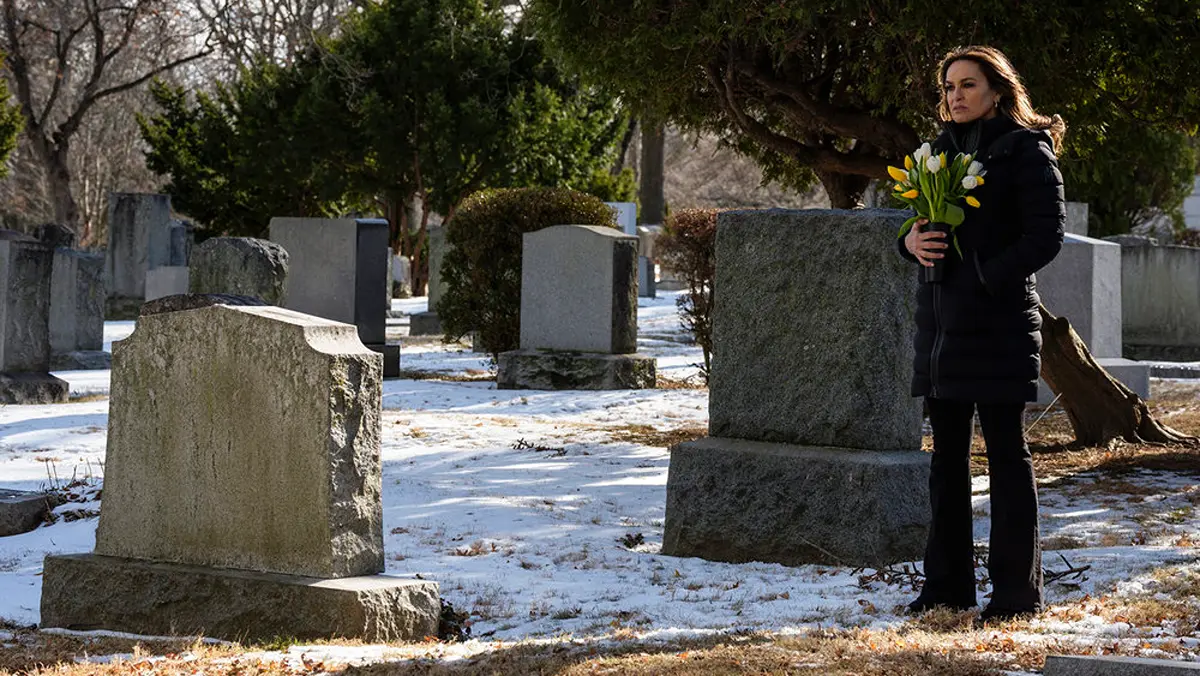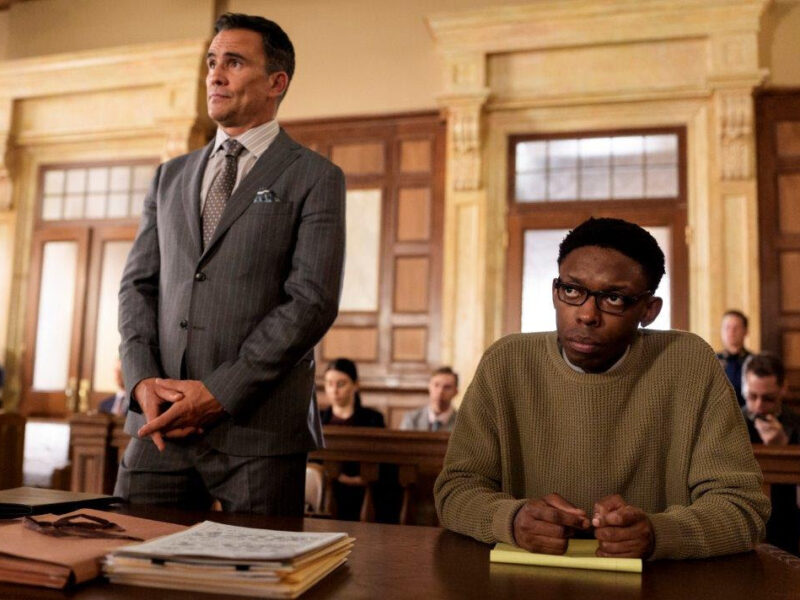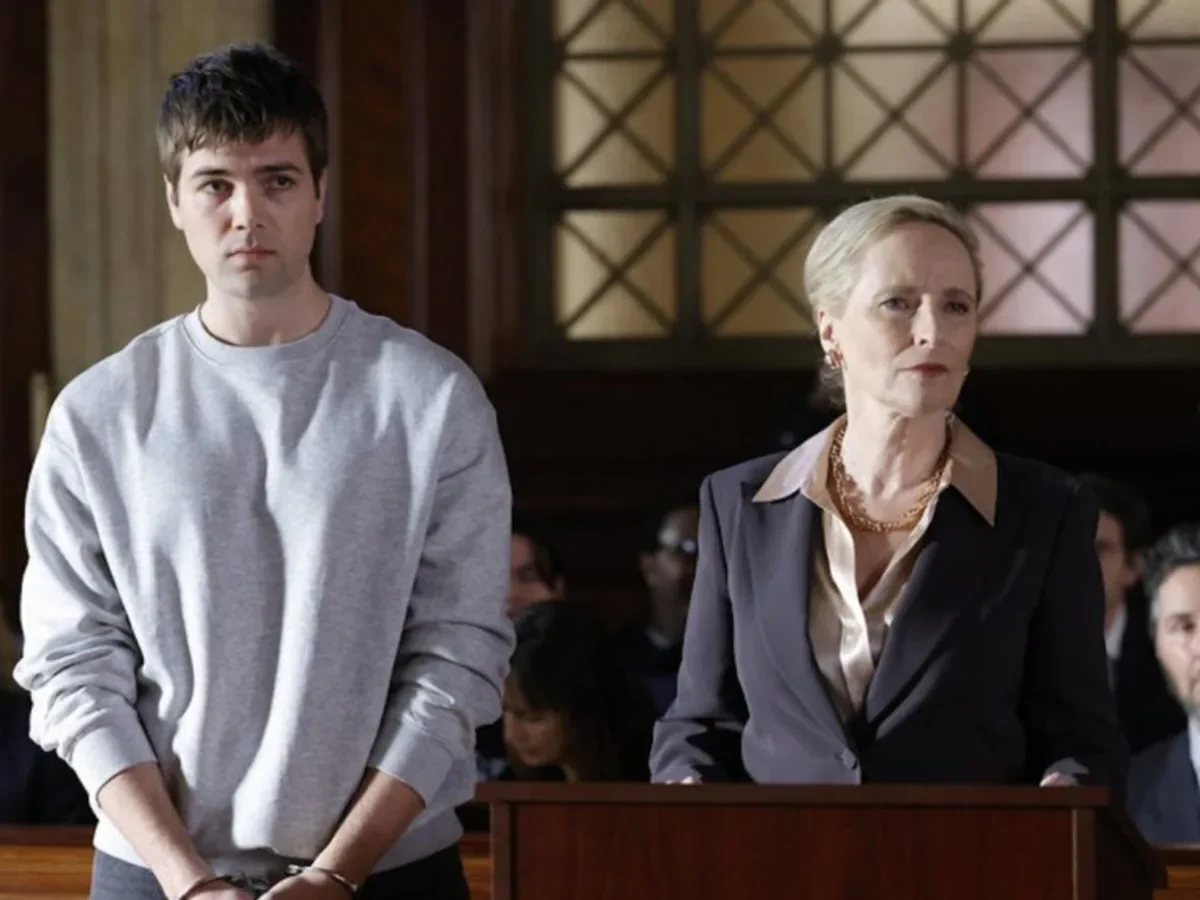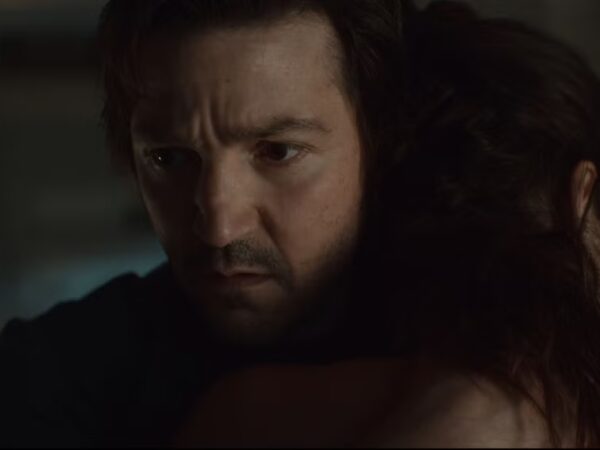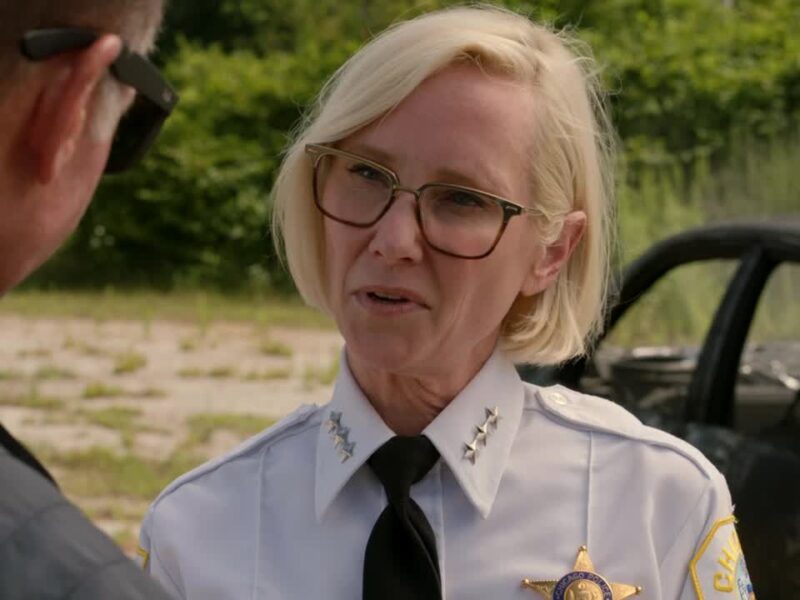Law & Order: SVU, Season 26 Episode 16 named “Let Me Bring Pardon”, pulls a masterstroke by reconnecting with its history and Olivia Benson’s emotional past. In a show where crime-solving is the foundation, this episode stands out not for the complexity of its case, but for how intimately it mines Benson’s trauma, revisiting a storyline from over two decades ago. By invoking the tragic case of victim Mackenzie Tolliver from Season 2’s “Pique,” the series not only rewards long-time viewers but also adds new emotional depth to Benson’s character arc.
TV Fanatic described the episode as “glorious,” and rightly so. Olivia Benson, played with perpetual intensity by Mariska Hargitay, revisits the pain of her mother’s murder and her own lifelong battle with guilt and empathy for victims. The new case parallels the old one with eerie familiarity, triggering Benson to dig deeper into her own scars. In one especially powerful moment, she visits her mother’s grave—a scene that manages to say more in silence than many shows do with monologues.
Revisiting the past without repetition
What makes this episode exceptional is its refusal to treat the past as static. SVU isn’t merely recycling storylines—it’s reframing them through a seasoned Benson who now holds authority, experience, and emotional gravitas. Unlike many procedural dramas that fade into formula, SVU evolves its protagonists. The return of Mackenzie’s story isn’t a flashback gimmick; it’s a narrative mirror.
TV Fanatic‘s Jack Ori praises how the writing seamlessly links the past and present, calling it “a sequel to an old case that connected beautifully to Benson’s trauma.” The young woman in the current case could easily be a version of Benson herself in a different timeline. This isn’t lost on the captain, who alternates between professionalism and quiet agony as she tries to prevent history from repeating itself.
Hargitay’s masterclass in restraint
Mariska Hargitay delivers one of her finest performances of the season in this episode, embracing a raw, near-therapeutic vulnerability. Without melodrama, her silence screams. Her eyes carry the weight of two decades of justice work and personal pain. The scene at the cemetery, accompanied by a soft instrumental score, is devastating in its calm.
It’s here the episode breaks free of typical procedural pacing. We pause. We reflect. SVU dares to let Benson breathe. Instead of pushing her toward resolution, it allows her to sit with her grief. This humanizes not only the character but the institution she represents. It’s a rare choice for network TV, and it pays off.
Healing as an ongoing story
“Let me bring you peace,” the title of the episode, feels like both a mission statement and a prayer. Benson is not healed, but she is healing. The show doesn’t wrap her trauma into a convenient bow. Instead, it positions healing as iterative, complex, and unresolved—much like real life.
By weaving old and new narratives into a cohesive, emotionally rich tapestry, SVU does something few shows attempt: it grows with its audience. This is not nostalgia for nostalgia’s sake; it’s legacy storytelling. The past is not just remembered—it’s reinterpreted through wiser eyes.
After 26 seasons, that Law & Order: SVU can still provoke, surprise, and devastate is a testament to its writers and Hargitay’s unwavering embodiment of Benson. This episode proves that trauma, when handled with care and truth, isn’t just a plot device—it’s a character journey.

Open your account on Disney+ and you will have access to movies like Spiderman, Lightyear, Cruella and Pinocchio. You can also watch Star Wars series like The Mandalorian, Andor and The Book of Boba Fett.
